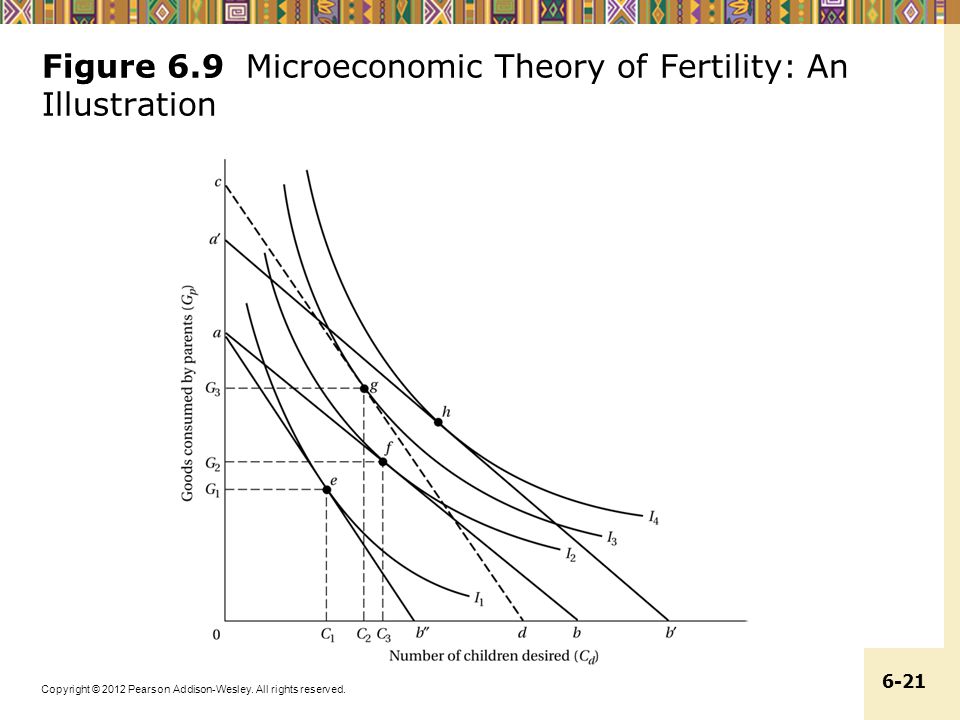Microeconomic Theory Of Fertility Pdf Files

High level of fertility and mortality and goes to the industrial society described by a low level of. Easterlin, the theory of fertility decline formulated by J. Caldwell and, finally, the theory of. Population/2004_3/atohdoc2004mar.pdf; November 13.
• • Part of the book series (IEA) Abstract There are many explanations of why human fertility varies from one society to another and among different groups or individuals within the same society. Attempts to identify and measure the factors that affect fertility and hence to discriminate among current competing causal hypotheses have not been notably successful. This gap in our basic stock of knowledge is both a source of embarrassment to social scientists and an obstacle to the strategic formulation and tactical evaluation of population policies throughout the world. This paper was written with the support of the Economic Development Center of the University of Minnesota, from a U.S.A.I.D. 211(D) grant for the Conference on Economic Factors in Population Growth of the International Economic Association, September 1973, Valescure, France.
It is an elaboration of the paper I presented at the 1972 A.E.A. Meetings in Toronto. I also draw on earlier research supported at the Rand Corporation by a grant from the Rockefeller Foundation; contract NIH 71-2211 from the Center for Population Research, National Institute of Child Health and Human Development, and contracts csd 2151 and 2533 from U.S.A.I.D.
The carrying capacity of the earth is continually increasing, due to technology enhancements and advances in gene selection, such as the Green Revolution of the 1970s. The earth can carry much more people than was thought by Thomas Malthus, who assumed that populations grow at a rapid rate unless checked by limited supplies of food and other subsistence goods. The notion that subsistence goods increase arithmetically and population increases exponentially needs to say something about the increase in the carrying capacity which in turn increases the human populations which are able to scavenge the earth. Jan van der Veen's (drawing on other work) shows that population is now increasing at a decreasing rate since the 1985—1990 period. Moreover, there is a 15% probability that in a hundred years population will be less than that of today. Population growth has some obvious positive impacts on the economy.
First of which is the contingent growth in the labor supply, and the even more contingent growth in gross domestic product. Labor supply growth is merely a means to economic growth, which is merely a means to rising standards of living. Blank posescheniya uroka psihologom. At each point there are contingencies involved, and we should be doubtful about any “necessary” connections implied in the pro-natalist argument. There is also the argument that each person added to the population has the potential for genius, and that increases in population increases the number of baby-geniuses in the world.
On the other hand there are profound negative macroeconomic consequences of the microeconomic decisions made in the sphere of the family. The economics of the family can for example give rise to environmental degradation problems, strains on public services such as health and education, decreasing savings rates, and various other externalities on, say, negative externalities on other members of the totem or joint family, negative externalities on members of the community, and wage depression due to an overabundance of labor.